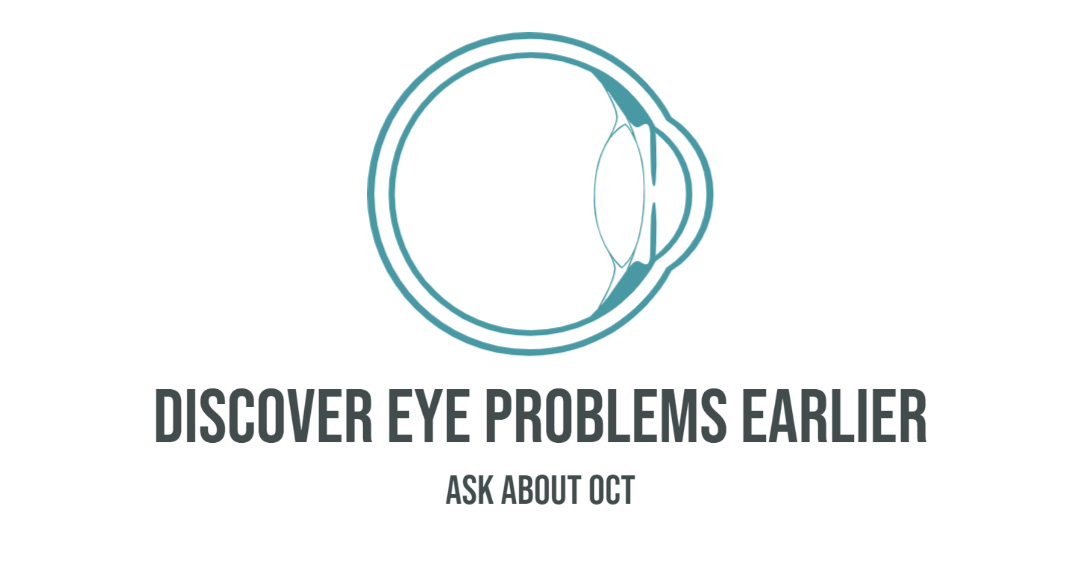EYE CONDITIONS AND SYMPTOMS
We want to make sure you enjoy healthy, happy eyes, for as long as possible. So we’ve put together some information about various eye conditions, their symptoms and advice on what to do if you’re ever concerned about your eye health.
Dry Eyes
Dry eye is caused by decreased tear production presenting symptoms such as:
- Dryness
- Sandy or gritty eye irritation
- Pain and stinging
- Red Eyes
- Pressure behind the eye
If left untreated, dry eyes can cause abrasions to the surface of the eyes which can be extremely uncomfortable and potentially damaging. Dry eyes are generally more common in older people and can be associated with some illnesses such as rheumatoid arthritis and diabetes. Thorough investigation by our optometrists can identify the cause and direct you to the most appropriate treatment.
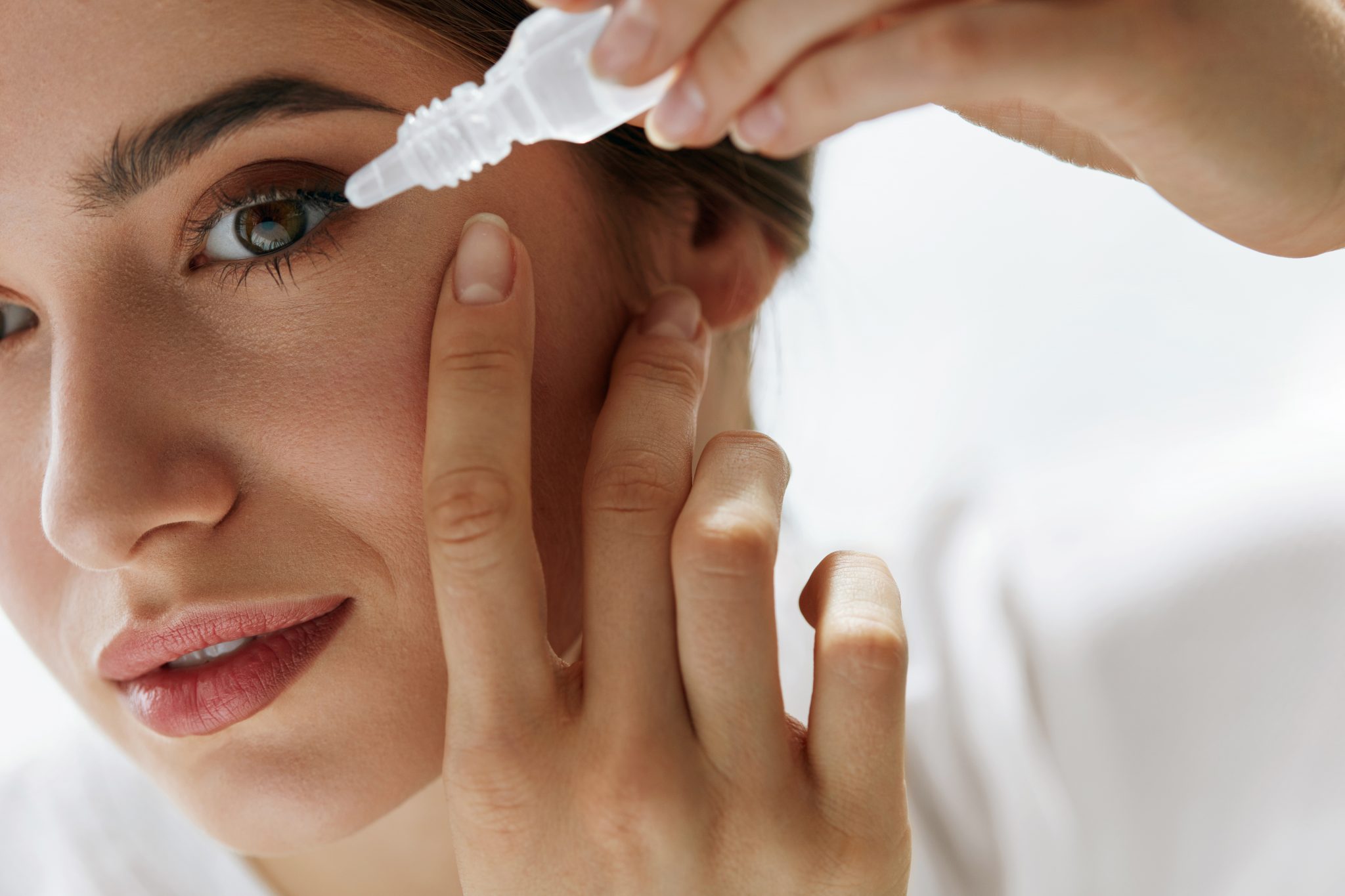
Blepharitis
Blepharitis is a condition where the edges of the eyelids become inflamed (red and swollen). Other symptoms include:
- Redness of the eyelids,
- Flaking of the skin on the lids,
- Red eye
- Reduced vision
- Gritty sensation in the eye.
It can be caused by a bacterial infection and can often come about after the patient has suffered from dry eye. It can develop at any age but is more common in people over the age of 50. A daily eye cleaning routine may help to control the symptoms.
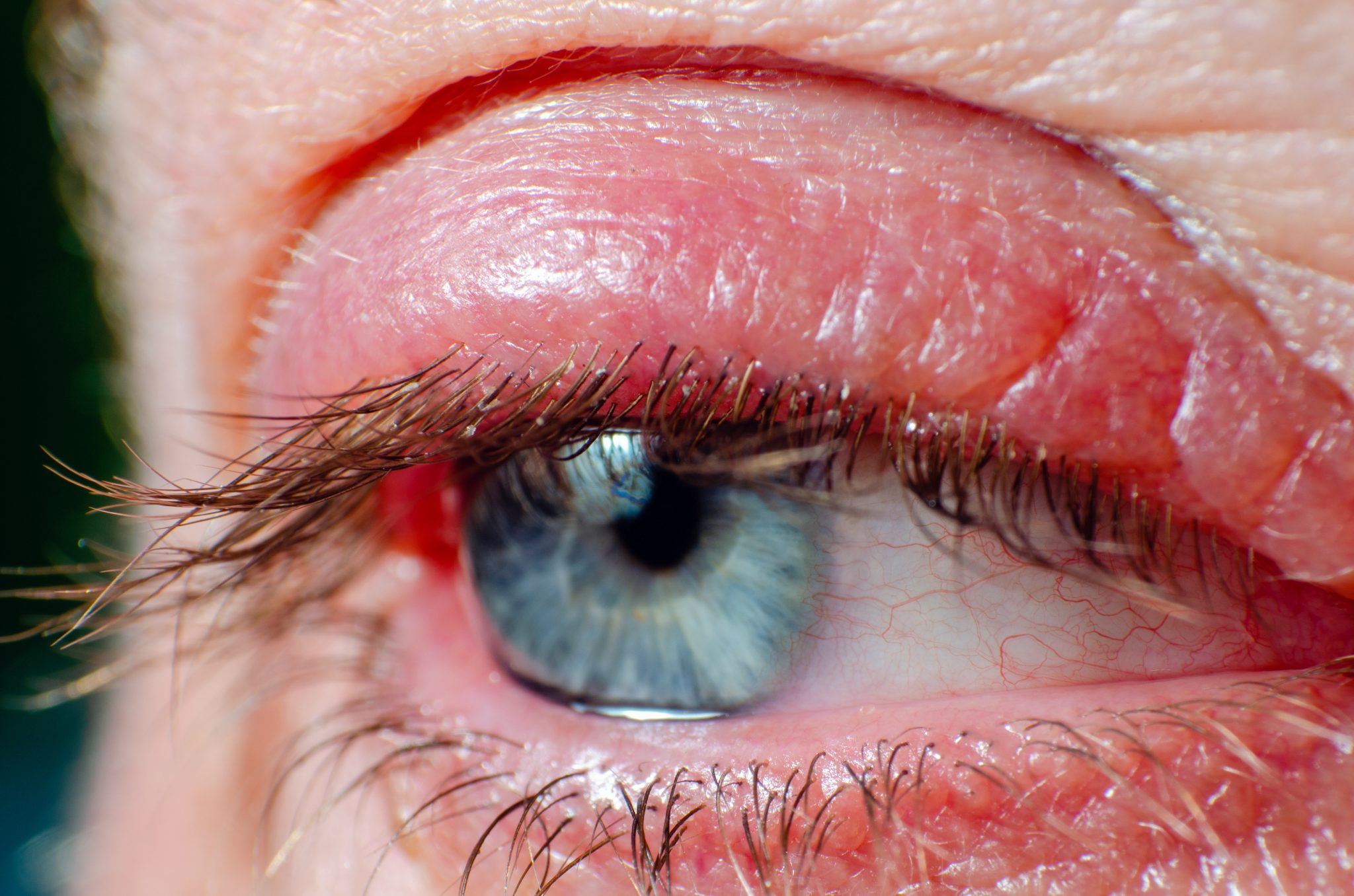
Conjunctivitis
Conjunctivitis is a common condition amongst all groups of people, involving the inflammation of the conjunctiva (covering of the front of the eye and lines inside the eyelids) largely due to an allergic reaction or an infection. Sufferers of conjunctivitis often suffer from redness, irritation and watering as well as itchiness. Most commonly, conjunctivitis will resolve itself in under a week and in most cases antibiotics are not required although they can be prescribed. Cold compresses may also be advised to relieve symptoms of soreness.

Vitreal Opacities (Floaters)
Floaters are small shapes that some people see floating in their field of vision. They may appear as spots, threads, or fragments of cobwebs, which float slowly before the sufferer’s eyes. Floaters can occur as your eyes change with age. In most cases, they don’t cause significant problems and don’t require treatment. In rare cases, floaters may be a sign of a retinal tear or retinal detachment (where the retina starts to pull away from the blood vessels that supply it with oxygen and nutrients).

Retinal Detachment
Retinal detachment occurs when the thin lining at the back of your eye called the retina begins to pull away from the blood vessels that supply it with oxygen and nutrients. Without prompt treatment, it will lead to blindness in the affected eye. Most people will experience warning signs that indicate their retina is at risk of detaching before they lose their sight. These include:
- the sudden appearance of floaters – black dots, specks or streaks that float across your field of vision (usually only one eye is affected)
- a cobweb effect of lots of little floaters – others report a single large black floater that looks like a housefly
- sudden short flashes of light in the affected eye lasting no more than a second
- blurring or distortion of your vision
- feeling of heaviness in the eye
Without treatment, sight in the affected eye will start to deteriorate. Most people describe this as a shadow or “black curtain” spreading across their vision. Most detached retinas can be successfully reattached with surgery. There are a number of different types of surgery available, depending on the individual. Retinal detachment requires immediate medical attention, as it can easily cause blindness. Therefore, if you experience the above symptoms seek urgent medical attention.

Macular Degeneration
Age-related Macular Degeneration (AMD) is a degenerative condition of the central retina (Macula). It is the one of the most common cause of vision loss in people aged 50 or older. AMD is caused by hardening of the arteries that nourish the retina. The diminishing supply of oxygen and nutrients causes the central vision loss. Macular degeneration may be caused by a number of factors. Genetics, age, nutrition, smoking and sunlight exposure may play a role. Symptoms may include central vision loss, gradual loss of vision or sudden loss of vision. Difficulty in reading or performing tasks that require the ability to see detail and distorted vision such as straight lines looking wavy or bent may also be a common symptom.
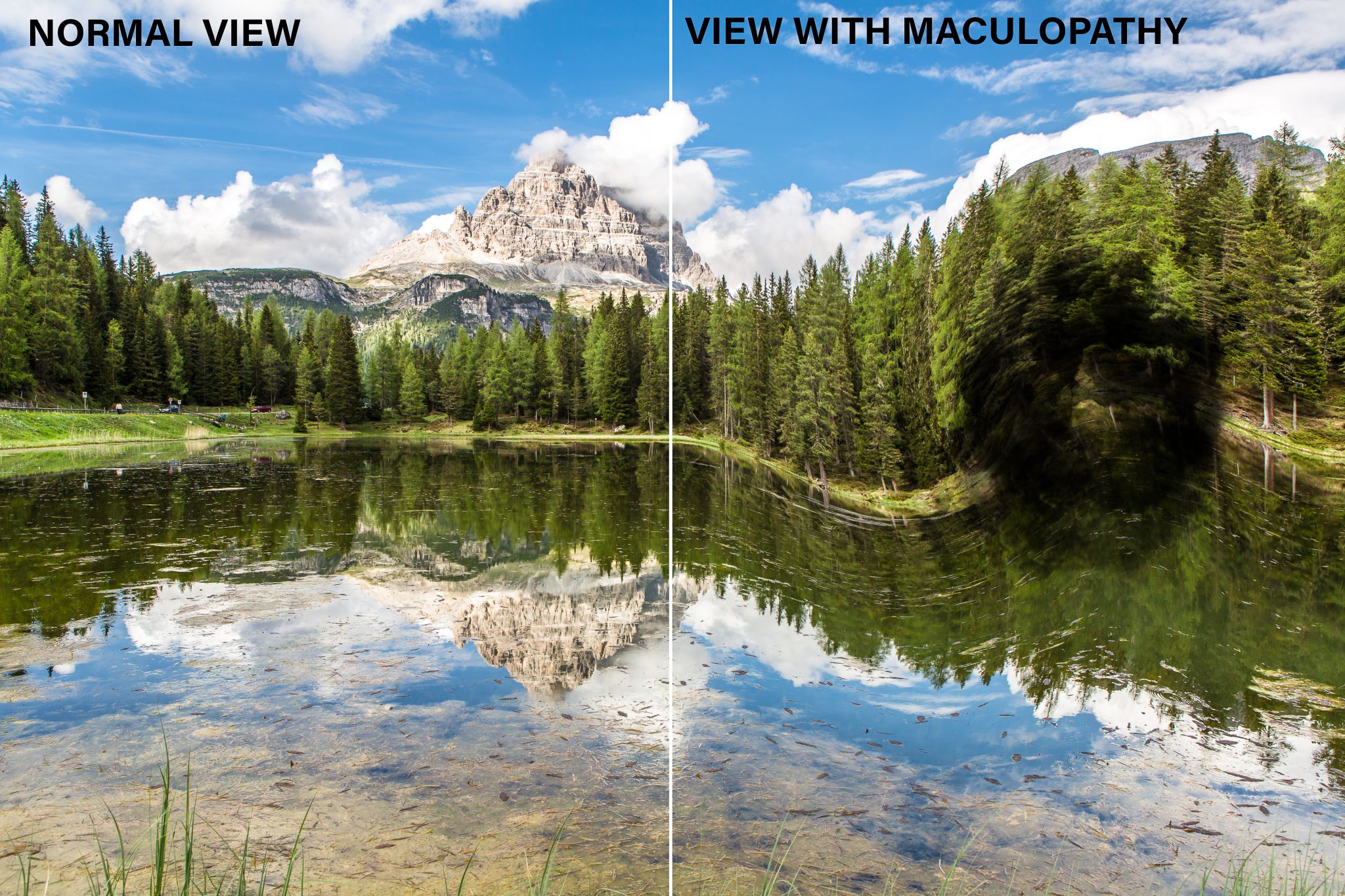
Glaucoma
Glaucoma is a group of eye diseases that affect the optic nerve, which connects
the eye to the brain. It often affects both eyes, usually to varying degrees. As most cases
won’t have any symptoms, one of the best ways to detect glaucoma is during a routine
eye test – that’s why it’s so important to have one regularly. The eyeball contains a fluid called aqueous humour, which is constantly produced by the eye, with any excess drained through tubes. When the fluid cannot drain properly, this causes a build-up of pressure in the eye known as the intraocular pressure.
Glaucoma develops when this increased pressure damages the optic nerve (which connects the eye to the brain) and the nerve fibres from the retina (the light-sensitive nerve tissue that lines the back of the eye).
In acute glaucoma cases this pressure rises rapidly to higher levels, causing pain.
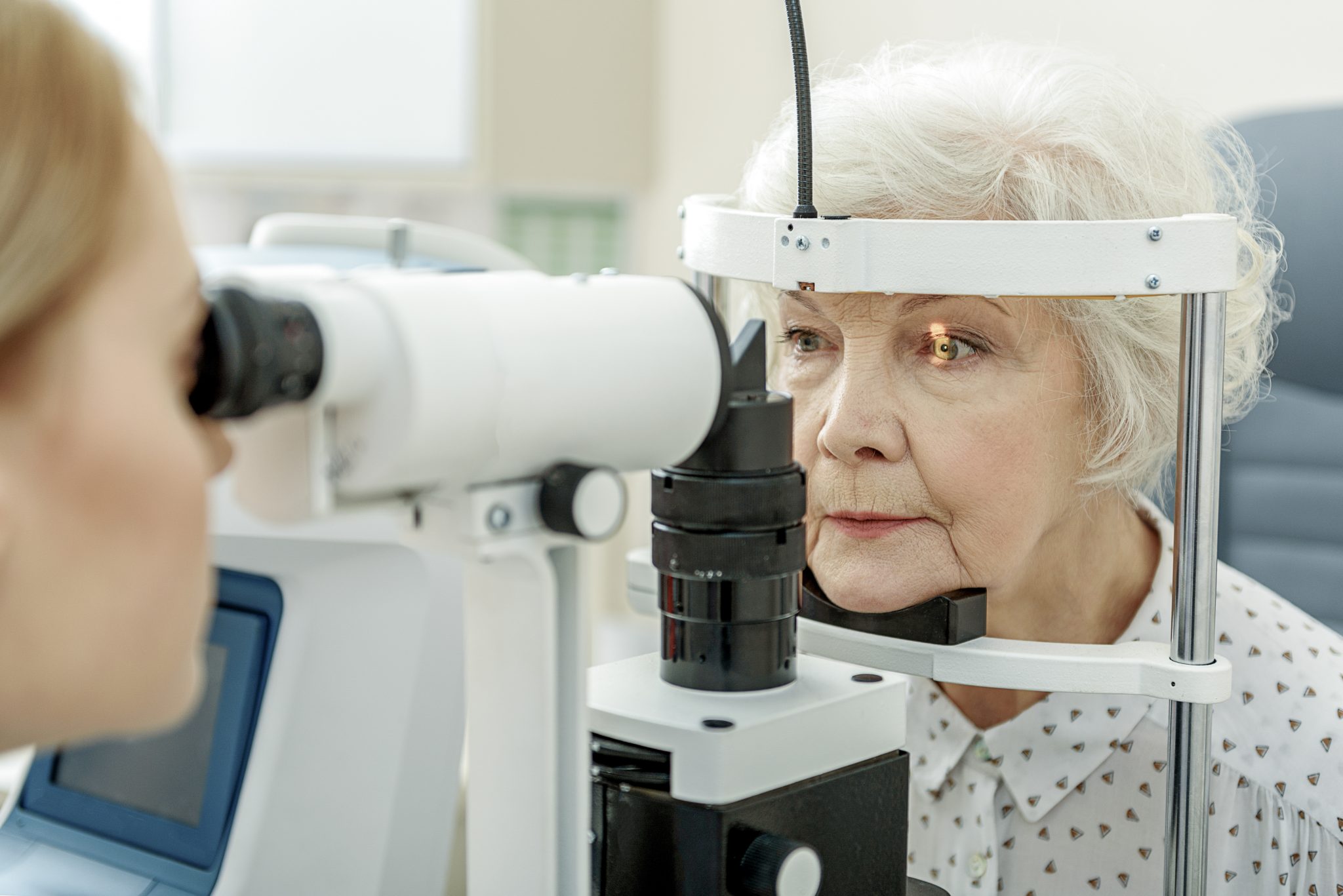
Cataracts
Cataracts are a clouding that occur in the lens of the eye which can cause blurred or misty vision. The lens is the transparent structure that sits just behind your pupil (the black dot in the centre of your eye). It allows light to get to the back of your eye (retina). In some people, cataracts develop in the lens as they get older, stopping some of the light from reaching the back of the eye. Over time, the cataracts become worse and start affecting vision. Many people with cataracts will eventually need surgery to remove and replace the affected lens.
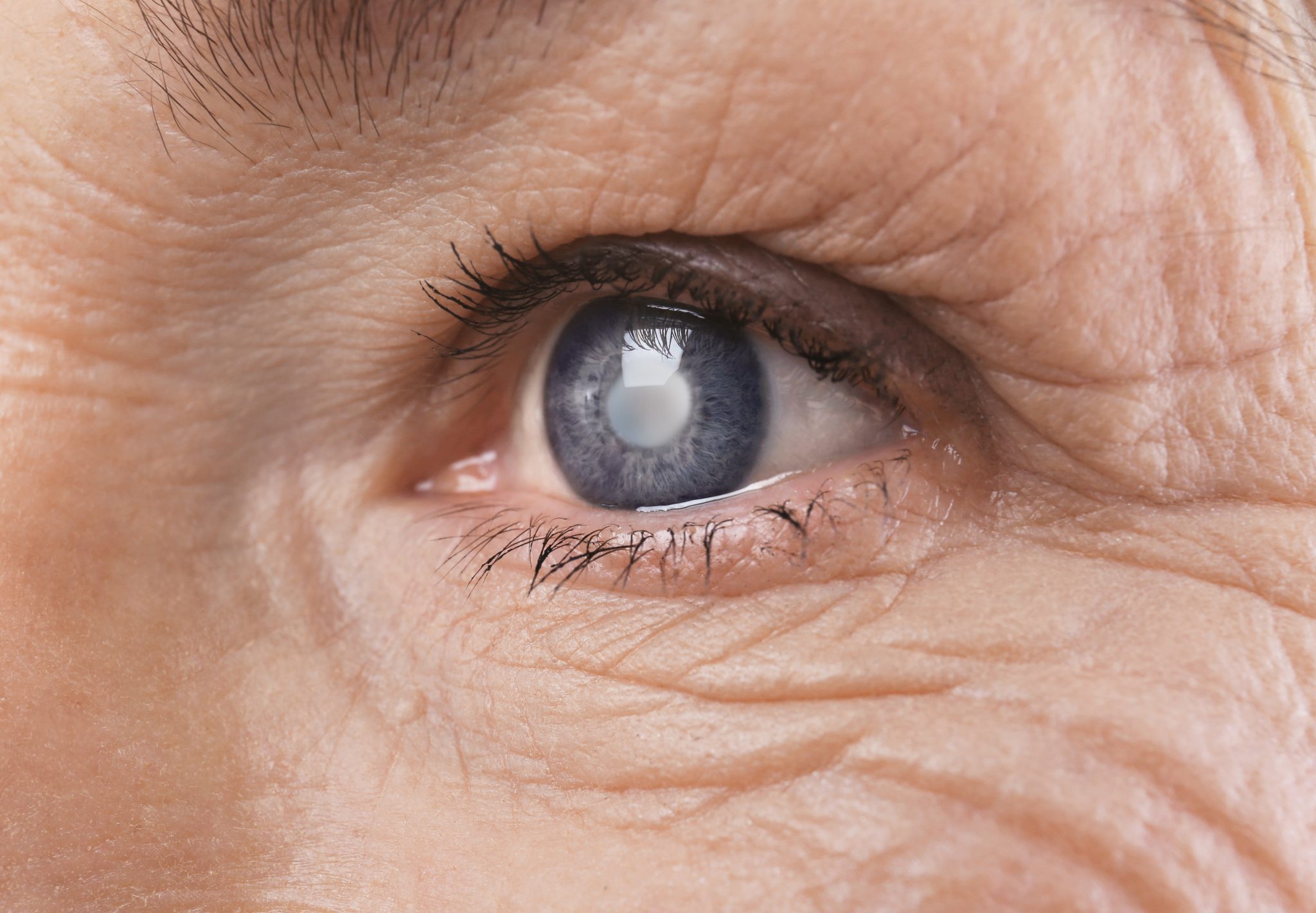
Diabetes
Diabetes can affect your eyes in many ways. Some people go on to develop an eye complication called diabetic retinopathy. If you don’t get this eye problem treated in time, it can lead to sight loss.
This is a frightening fact. Losing your sight could affect your career, your family life and your independence. That’s why it’s vital that you are aware of the different types of diabetic retinopathy and know what to do to keep your eyes healthy, such as having regular eye tests.

You can prevent sight loss and we’re here to help. There is lots of information on Diabetes UK’s website about the steps you can take to prevent diabetic retinopathy, and we at Eyesite can give you lots of advice about managing tyour eye problems to stop them getting worse.





